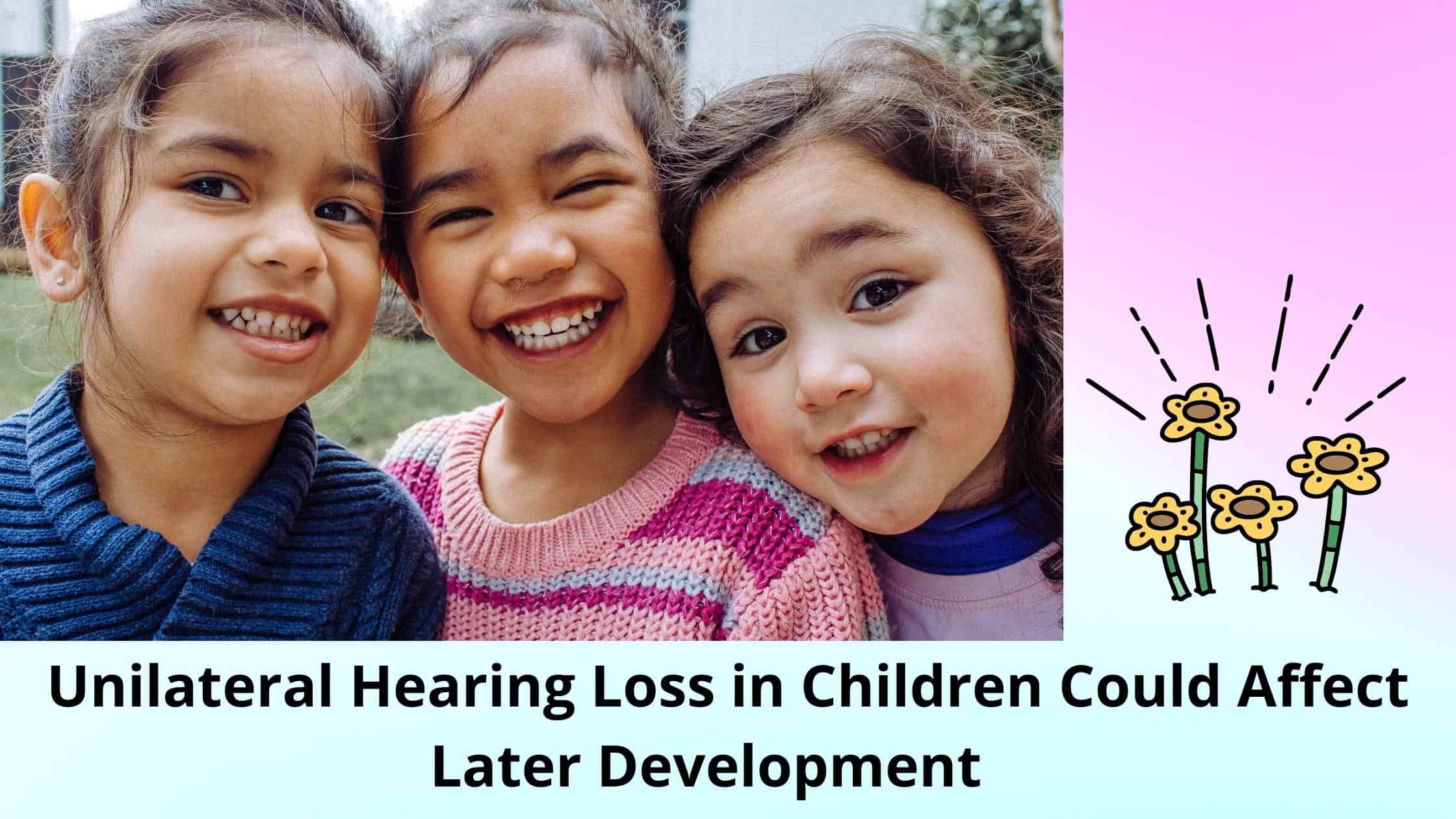
- Common Misconceptions That Delay Hearing Loss Diagnosis - June 6, 2025
- Signs Your Earwax Buildup Needs Professional Attention - May 29, 2025
- Preparing for a Hearing Test and What You Should Bring - May 16, 2025
Children with unilateral hearing loss may face developmental challenges. Hearing loss makes it difficult to interact with family and other toddlers. It can also slow language development and social development. A recent study looked at how this kind of hearing loss can affect development in infants and toddlers.
What is Unilateral Hearing Loss?
Unilateral hearing loss is hearing loss that only affects one ear. This means that one ear will have normal hearing, and the other ear can have mild, moderate, or severe hearing loss. It’s estimated that 1 in every 1,000 children are born with unilateral hearing loss, while up to 3% of school-age children may have unilateral hearing loss.
What Causes Unilateral Hearing Loss?
The most common causes of unilateral hearing loss in children are:
- Genetic or hereditary factors
- An abnormality in the outer, middle, or inner ear
- An illness or ear infection
- A head injury that impacts the ear
- Exposure to dangerously loud noise
- A traumatic brain injury
Studying the Effects of Unilateral Hearing Loss
A 2020 study published in the journal of Otology & Neurotology looked at how unilateral hearing loss affects babies and young toddlers. The study included children under the age of 3. 65 children had unilateral hearing loss, 32 children had bilateral hearing loss or hearing loss in both ears, and 70 children had normal hearing.
Even with one good ear, babies and infants with unilateral hearing loss lagged behind their peers with normal hearing. They had a difficult time identifying sounds, did not engage in preverbal vocalization, and showed signs of delayed prelingual auditory development.
Vocabulary
Children with unilateral hearing loss have a hard time learning vocabulary. They may start speaking later than their hearing peers. While they do quickly pick up words for objects or colors, it may take much longer to learn vocabulary for more complex or abstract concepts like emotions. Children learn vocabulary at different speeds, but the gap in vocabulary and language mastery widens with age. By the time children are entering school, the gaps in vocabulary between children with hearing loss and children with normal hearing are very significant.
Speaking
Children with unilateral hearing loss have difficulty with pronunciation. Sound sounds are very hard to hear, for example sounds like “sh” or “t”. Kids with hearing loss may not hear these speech sounds, so they don’t reproduce them when they talk. They may also hear their own voice in a distorted way, so they might pitch their voice either too high or speak very softly. It’s difficult for children with hearing loss to develop speaking skills, and others may have a hard time understanding what they’ve said.
Social Functioning
Children with unilateral hearing loss may also have difficulty with social functioning. Kids learn to be social by watching and listening. But when a child has hearing loss, it is much harder to learn social skills or communicate with other toddlers and children. Kids with hearing loss may feel isolated, struggle to make friends at school, and feel like an outsider.
Treating Hearing Loss as Soon as Possible
If you suspect that your infant had unilateral or bilateral hearing loss, treating hearing loss as soon as possible is extremely important. Hearing loss in one or both ears can delay prelingual development, vocabulary learning, speaking, and social development. Treating hearing loss, whether in one or both ears, can help your child develop vocabulary, speech, and social skills along with all the other kids their age.
Book a hearing test for your infant to determine if they have hearing problems in one or both ears. Hearing aids for children are designed with kids in mind. These durable hearing devices usually sit behind the ear so you can make sure they’re sitting correctly and can keep an eye on the battery health and hearing settings. Brightly colored cases can turn hearing aids into a fun accessory your child will love.
As your child gets older, advanced connectivity features can help them connect to technology in the classroom and at home so they can interact with the world along with their hearing peers. Visit us today to find out how you can help your child’s speech, language, cognitive, and social development with the right pair of hearing aids.
